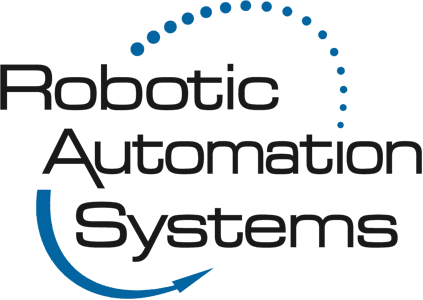In-Mold Labeling vs. In-Mold Decorating
In-mold labeling and in-mold decorating were introduced in the 1970s as an alternative to adding decals or labels to products post-production. In-mold labeling and in-mold decorating are two different methods used in the manufacturing process to replace or eliminate the need for post-molding labeling of injection-molded plastic parts. This is accomplished by inserting a pre-printed label into the empty mold. The label is held in place by vacuum ports, electrostatic charge, or other methods. When the mold is closed, plastic is injected, and the label becomes a part of the product.
Although the two terms are sometimes used interchangeably, in-mold labeling and in-mold decorating have some very distinct differences. The choice of which process is better for your business depends on the type of products your company is producing.
In-Mold Labeling (IML}
This process is used most frequently for products with a short life span. This would include items such as food or cosmetic containers, water bottles, and household products. The labels are usually printed on very thin polypropylene foils, and the cost of the labels is very low. This method is used in high-speed, thin-walled, multi-cavity injection mold machines.
In-Mold Decorating (IMD)
This method is used for products with a longer life span. These would be parts for appliances, toys, automotive components, lawn and garden equipment, and other durable products. The label material and thickness vary, and this method is used with thick-walled, lower-cavity injection mold machines.
Benefits of In-Mold Labeling and In-Mold Decorating
Both IML and IMD offer similar benefits to the customer:
- High-quality graphics-labels can be produced in virtually any style, color, texture, or design.
- Elimination of post molding labeling-older methods required a paper or foil label to be attached after molding, slowing down production
- Durability-the label becomes an integral part of the plastic piece and cannot be removed without destroying the part
- Flexibility-size runs can be easily changed if needed with little or no loss of productivity
- Reduction in WIP inventory- IML and IMD both produce finished products
Summary
In-mold labeling and in-mold decorating are both viable and attractive alternatives to using pressure-sensitive or other post-molding methods. There are costs associated with transitioning to IML or IMD, but in the long run your products will look more professional, will last longer, and will enhance your image with consumers.
Robotic Automation Systems has been a leader and innovator in integrating automation and robotics for the plastics industry since 1993. Robotic Automation Systems solutions are custom engineered, built and fully integrated into your application and process – from complete turnkey automation systems to specific robotic automation application needs and tooling. We proudly represent a broad range of high-quality automation robots from several top-of-the-line manufacturers.
If you would like to see how we can help you with your automation or robotic needs, visit our website, or contact us at 800-997-0989 or 608-602-5144.
